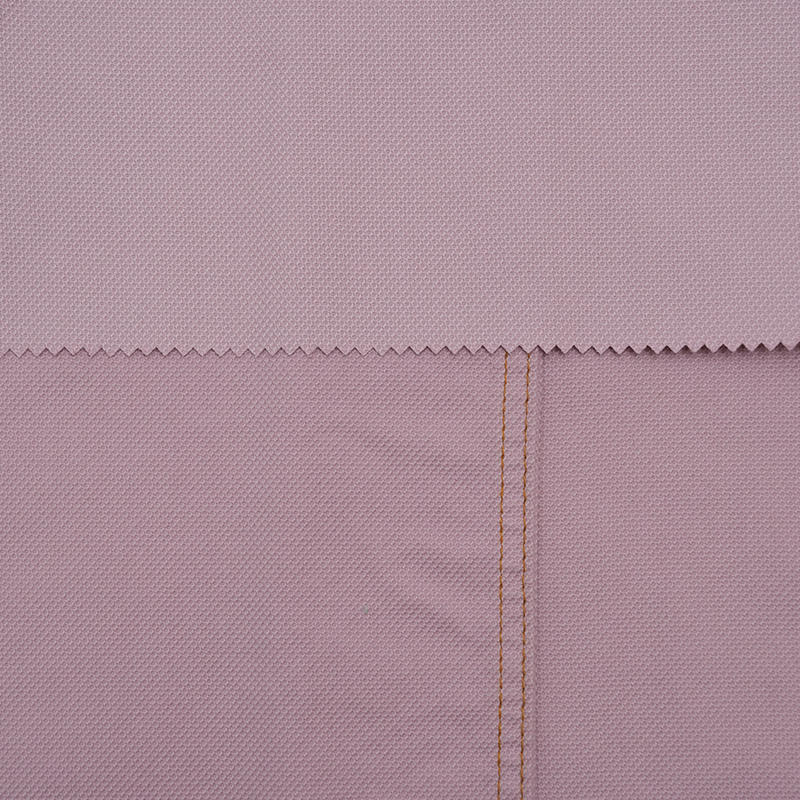Production of various high-end fabrics reaches 7 million meters annually, including a wide range of fashionable new products and exquisite items, with a broad coverage of color patterns.
Garment Dyed Fabric: A Perfect Blend of Craftsmanship and Innovation
2025-05-09
Garment dyed fabric is an artistic and dynamic process that elevates textiles into something truly exceptional. Unlike traditional dyeing techniques, which are applied to the fabric before it is sewn, garment dyeing takes place after the garment has been constructed. This method results in a unique, rich, and often unpredictable color palette that adds character and depth to each piece. Whether in the form of a casual t-shirt, a luxurious jacket, or any other fabric-based item, the final product showcases the blend of craftsmanship and modern innovation.
The Process Behind Garment Dyeing
The garment dyeing process is a sophisticated technique that involves immersing finished clothing or fabric in dye baths. This approach allows for a deep, uniform coloration that penetrates the fibers thoroughly, providing a distinctive, lived-in look that appeals to contemporary tastes. The process begins with sewing a garment from untreated fabric. Once the construction is complete, the garment is placed in a dye bath, where it absorbs color at the fiber level. The result is a soft, slightly faded effect that is not just visually appealing but also texture-rich. The end product can have subtle nuances, such as slight variations in color or a slightly worn-in appearance, adding to its charm.
One of the most remarkable aspects of garment dyeing is the ability to create a unique color on each item. Even when garments are dyed using the same batch of dye, slight differences in fabric texture, construction, and even stitching can result in subtle variations, ensuring that no two pieces are exactly alike. This inconsistency in color, often celebrated as part of the garment’s character, makes each piece feel bespoke and personalized.

Benefits of Garment Dyed Fabric
Garment-dyed fabrics stand out not only because of their visual appeal but also due to their practicality. One of the significant advantages is the softness that emerges after the dyeing process. Unlike pre-dyed fabrics, which can sometimes be stiff or harsh, garment-dyed garments offer a smoother, more comfortable wear from the first use. The dyeing process softens the fibers, making the garment more breathable and pleasant to touch.
Furthermore, the use of garment dyeing in fashion can contribute to sustainability. Since the dye is applied to a finished product, it often requires fewer resources than traditional fabric dyeing methods. Additionally, the potential for unique color variations reduces the need for large-scale production runs of identical items, allowing for more versatile collections and a reduction in waste.
Garment-dyed fabrics are also highly versatile in terms of style. The rich, faded colors that result from the dyeing process often exude a vintage or retro aesthetic, giving garments a timeless appeal. From jackets to pants, the garments retain a modern relevance while carrying the charm of decades past.
In a world where mass production often leads to uniformity, garment dyed fabric offers a refreshing alternative. The process imbues each garment with its own unique character and history, making it more than just a piece of clothing—it becomes a work of art. Through its combination of traditional craftsmanship and innovative techniques, garment dyeing continues to stand as a testament to the timeless allure of handmade, one-of-a-kind textiles. Whether for its visual charm, comfort, or sustainable benefits, garment-dyed fabric is here to stay, offering a nuanced touch to fashion that resonates with today’s discerning consumers.

 English
English 中文简体
中文简体 Tiếng Việt
Tiếng Việt




















